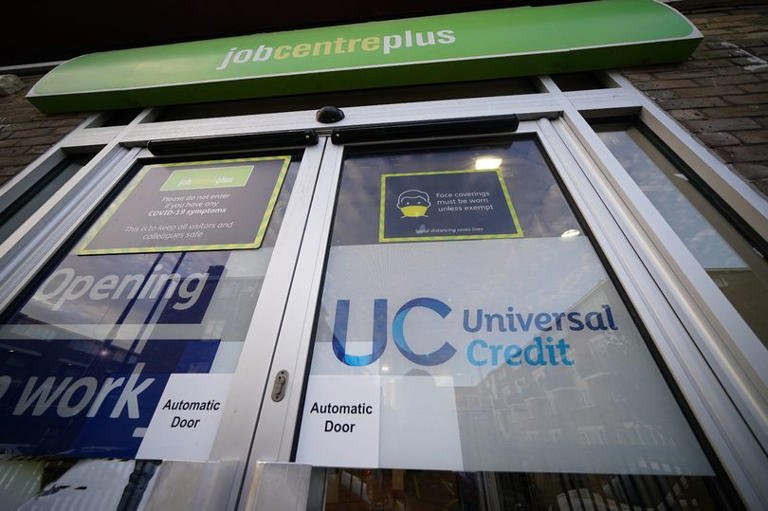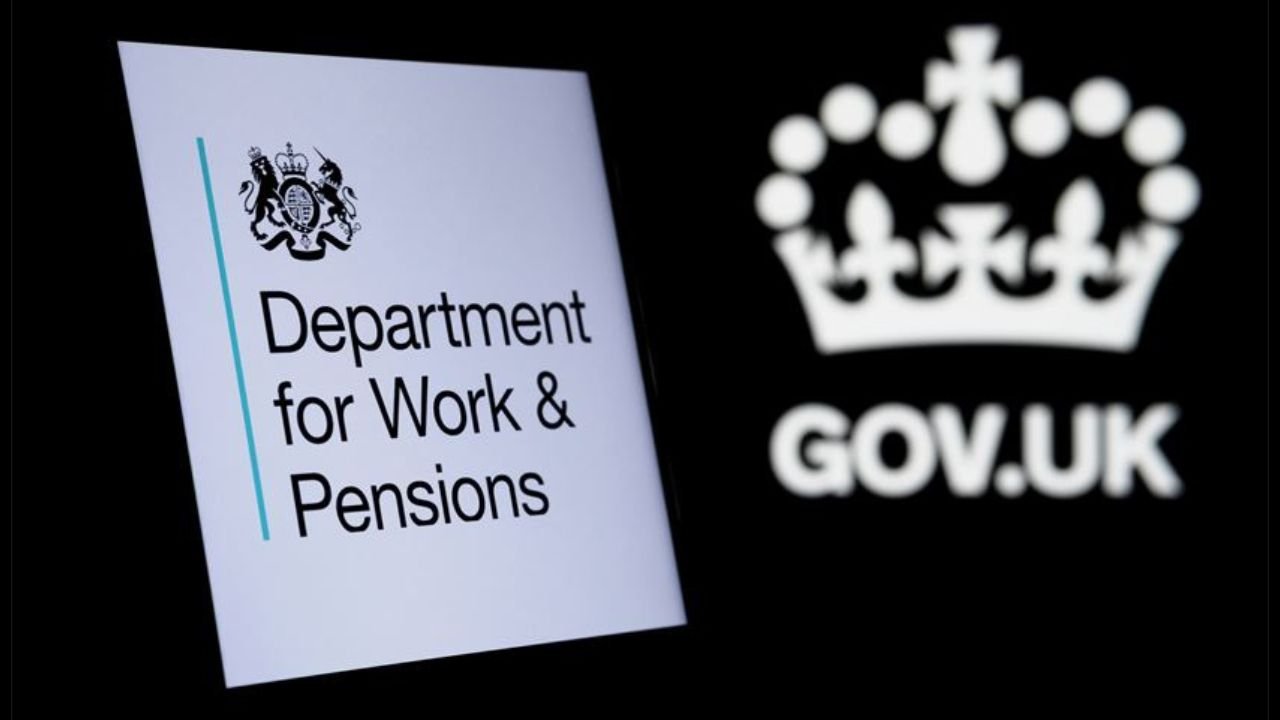The Department for Work and Pensions (DWP) has confirmed a major shake-up to Universal Credit, with six significant changes planned from April 2026. The reforms aim to tackle what ministers call a “fundamental imbalance” in the system, making it more supportive of those in work while reducing incentives for long-term benefit dependency.
Currently, Universal Credit – like most other DWP and HMRC benefits rises annually in line with inflation, based on the Consumer Prices Index from the previous September. On Thursday, June 12, the final group of claimants will see the 1.7% increase from the start of the new financial year applied across all benefit elements.
- Standard allowance for single claimants aged 25+ to rise from £91 to £98 per week in 2026/27.
- Health element (LCWRA) frozen for existing recipients until 2029/30 but reduced for new claims.
- New rules to protect sick or disabled claimants trying to return to work.
| Change | Current Rate | New Rate / Rule | Start Date | Notes |
|---|---|---|---|---|
| Standard allowance (25+, single) | £91/week | £98/week | 2026/27 | Applies to new & existing claims |
| LCWRA health element (existing claims) | £97/week | Frozen at £97/week | 2026–2029 | No change for pre-April 2026 claimants |
| Work trial protection | N/A | No reassessment if attempting work | 2026 | Maintains entitlement if job ends for health reasons |
| LCWRA health element (new claims) | £97/week | £50/week | 2026/27 | Partially offset by higher standard allowance |
| Severe condition premium | N/A | Extra payment for lifelong conditions | 2026/27 | No reassessment for eligible claimants |
| Jobcentre engagement | N/A | More active work coach support | 2026 | Earnings limit up to £673/month without UC cut |
1. Higher Standard Allowance for Many Claimants
From April 2026, the Universal Credit standard allowance for single adults aged 25 and over will increase by £7 per week, rising from £91 to £98. This uplift will benefit both new and existing claimants, and as Universal Credit is paid monthly, actual payment amounts will vary slightly.
2. Freeze on Health Element for Current Recipients

Those already receiving the Limited Capability for Work and Work-Related Activity (LCWRA) element will have their payment frozen at £97 per week, or £423 per month, until 2029/2030. Importantly, no claimant in this group before April 2026 will see a reduction in entitlement.
3. Protection for Those Trying to Return to Work
A new rule will ensure that people on the LCWRA top-up won’t face a reassessment risk if they try working. If they stop work within six months due to health issues, they can return to their previous payment rate without starting a new claim.
4. Reduced Health Element for New Claims
For new claims after April 2026, the LCWRA element will drop from £97 to £50 per week. However, this will be partially offset by the higher standard allowance, meaning overall losses will be smaller.
5. Extra Support for Severe Health Conditions
Claimants with severe, lifelong health issues and no work prospects will get a new additional premium. This will apply to both new and existing cases, with the assurance that they won’t need future reassessments.
6. Stronger Jobcentre Engagement and Earnings Flexibility
The DWP plans to increase work coach involvement for claimants in the LCWRA category, ensuring they aren’t left without career guidance. Claimants can still earn up to £673 per month (or £404 if they receive housing support) without affecting their Universal Credit, and without paying income tax.
Future Changes Beyond 2026
From 2028/2029, the current Work Capability Assessment will be scrapped. Instead, eligibility for a Universal Credit health top-up will be linked to receiving the daily living component of the Personal Independence Payment (PIP).

